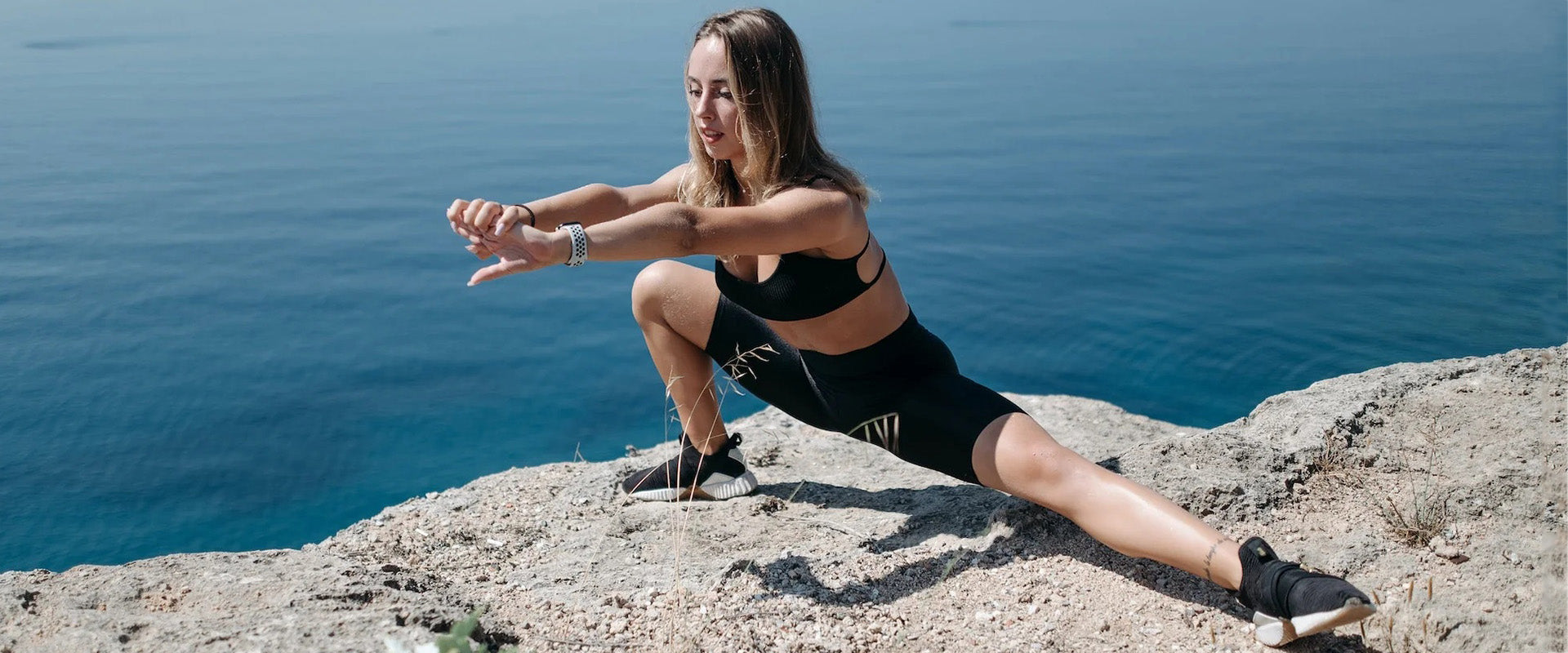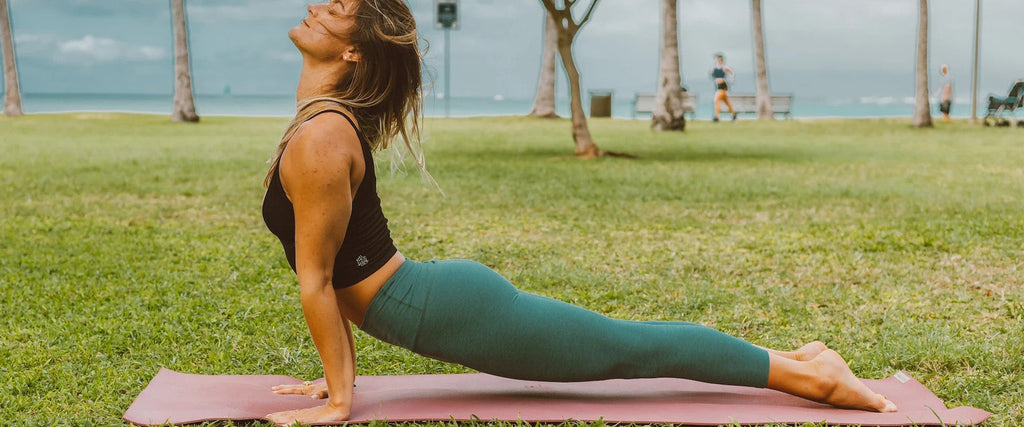The importance of breathable fabrics in your workout

When it comes to effective workouts, most people focus on routines, equipment, or nutrition. While these factors are undeniably important, one often-overlooked aspect is the clothing you wear. Workout attire doesn’t just influence your style at the gym—it can significantly impact your performance, comfort, and even safety. Among the most critical qualities of activewear is breathability. Breathable fabrics aren’t just a luxury; they are a necessity for anyone who exercises regularly. They help regulate body temperature, wick away sweat, reduce irritation, and create a more enjoyable workout experience. Understanding why breathable fabrics matter can help you make better choices and maximize your training potential.
How the Body Responds During Exercise?
Before diving into fabric performance, it’s worth considering what happens to the body during a workout. Physical activity raises your core temperature, and your body’s natural cooling mechanism is sweat. Sweat evaporates from the skin, carrying heat away and helping to regulate body temperature. However, if sweat remains trapped against the skin without proper ventilation, it creates discomfort, increases the risk of chafing, and can even lead to overheating. This is why breathable fabrics, which allow air circulation and moisture transfer, play such a vital role in workout clothing.
What Makes a Fabric Breathable?
Breathability refers to a fabric’s ability to allow air and moisture vapor to pass through it. A breathable fabric manages both ventilation (the movement of air in and out) and moisture wicking (the transfer of sweat from skin to outer layers where it can evaporate). Unlike heavy or non-porous textiles, breathable materials strike a balance between comfort and performance.
Key characteristics that define breathability include:
- Moisture control: The ability to pull sweat away from the skin and help it evaporate.
- Airflow: The capacity to let air circulate through the garment.
- Lightweight feel: Fabrics that do not trap excessive heat or feel heavy when damp.
When these qualities are combined, the result is activewear that feels dry, cool, and supportive, even during high-intensity sessions.
Benefits of Breathable Fabrics in Workouts
Temperature Regulation
One of the main advantages of breathable fabrics is temperature regulation. During an intense run, cycling session, or hot yoga class, the body can overheat if heat is trapped inside clothing. Breathable fabrics allow excess warmth to escape while preventing chills caused by lingering moisture. This regulation ensures your body stays within a safe and comfortable range, enhancing endurance and reducing fatigue.
Moisture Management
Sweat is inevitable during exercise, but discomfort doesn’t have to be. Breathable fabrics with moisture-wicking properties transfer sweat away from the skin, preventing that sticky, clammy feeling. By staying dry, you reduce distractions, lower the chance of skin irritation, and can focus fully on your workout. This also helps prevent the growth of bacteria that thrive in moist environments, which can lead to odors or skin concerns.
Reduced Skin Irritation and Chafing
Chafing is one of the most frustrating workout issues, especially in high-movement activities like running or weightlifting. Breathable fabrics minimize friction by keeping skin dry and reducing the buildup of salt crystals from sweat. With smooth textures and lightweight designs, they provide a comfortable barrier between your skin and repetitive movements, protecting sensitive areas from irritation.
Enhanced Comfort and Focus
Workouts demand concentration, whether you are perfecting form in yoga or pushing limits in strength training. Uncomfortable clothing that clings, overheats, or feels heavy can easily disrupt focus. Breathable fabrics create a second-skin effect—supportive yet unrestrictive. When your body feels cooler and less burdened, you can channel energy toward performance rather than discomfort.
Improved Performance and Recovery
When clothing supports proper thermoregulation and minimizes discomfort, athletes are able to sustain higher intensity for longer. Breathable fabrics also aid recovery by preventing overheating post-exercise. Keeping the body at a balanced temperature reduces stress and supports quicker transition from high effort to rest, ensuring you recover efficiently for your next workout.
Situations Where Breathable Fabrics Make a Difference
High-Intensity Cardio
Running, spinning, or HIIT sessions often involve bursts of movement that elevate body temperature quickly. Breathable clothing helps manage the rapid heat rise, making it easier to sustain performance without feeling overheated.
Hot and Humid Climates
Outdoor activities in summer or tropical environments test the body’s cooling system. Fabrics that allow airflow and sweat evaporation are essential here, reducing the risk of heat exhaustion and ensuring comfort even under direct sun.
Strength Training
Although lifting weights may not always cause the same sweat volume as cardio, the repetitive motions can create friction. Breathable, sweat-wicking fabrics prevent discomfort and keep muscles from cooling too quickly between sets.
Yoga and Pilates
Flexibility-based practices require unrestricted movement and focus. Breathable fabrics with a stretch component provide comfort, allow a full range of motion, and keep you cool even in heated studios.
Recovery and Casual Wear
Even after workouts, breathable fabrics are beneficial. Recovery clothing that allows air circulation keeps the body comfortable and helps prevent post-exercise chills from sweat-soaked garments.
The Psychological Impact of Comfort
The importance of breathable fabrics isn’t only physical—it’s also psychological. When you feel comfortable in your workout attire, you’re more likely to stay motivated, push harder, and enjoy the session. Discomfort, on the other hand, can become an obstacle, discouraging consistency. The right clothing can therefore reinforce a positive relationship with exercise, encouraging long-term commitment.
Tips for Identifying Breathable Fabrics
When choosing workout apparel, consider the following:
- Look for materials designed to wick moisture and allow airflow.
- Pay attention to fabric weight—lighter textiles often enhance breathability.
- Consider the structure of the garment, such as mesh panels in heat-prone areas.
- Check product descriptions for words like “breathable,” “ventilated,” or “moisture-wicking.”
Understanding these markers ensures you select clothing that genuinely enhances your exercise experience.
Conclusion
Breathable fabrics are far more than a fashion choice; they are a crucial component of effective and safe workouts. From managing sweat to reducing skin irritation and improving performance, their benefits are broad and impactful. By prioritizing breathability in your workout wardrobe, you equip yourself not only for comfort but also for long-term success in fitness. Whether you’re engaging in high-intensity cardio, yoga, or weight training, breathable fabrics support your goals, allowing you to perform with confidence and focus. The next time you prepare for a workout, remember that your clothing is as much a part of your fitness toolkit as your routine or equipment.


Laisser un commentaire
Tous les commentaires sont modérés avant publication.